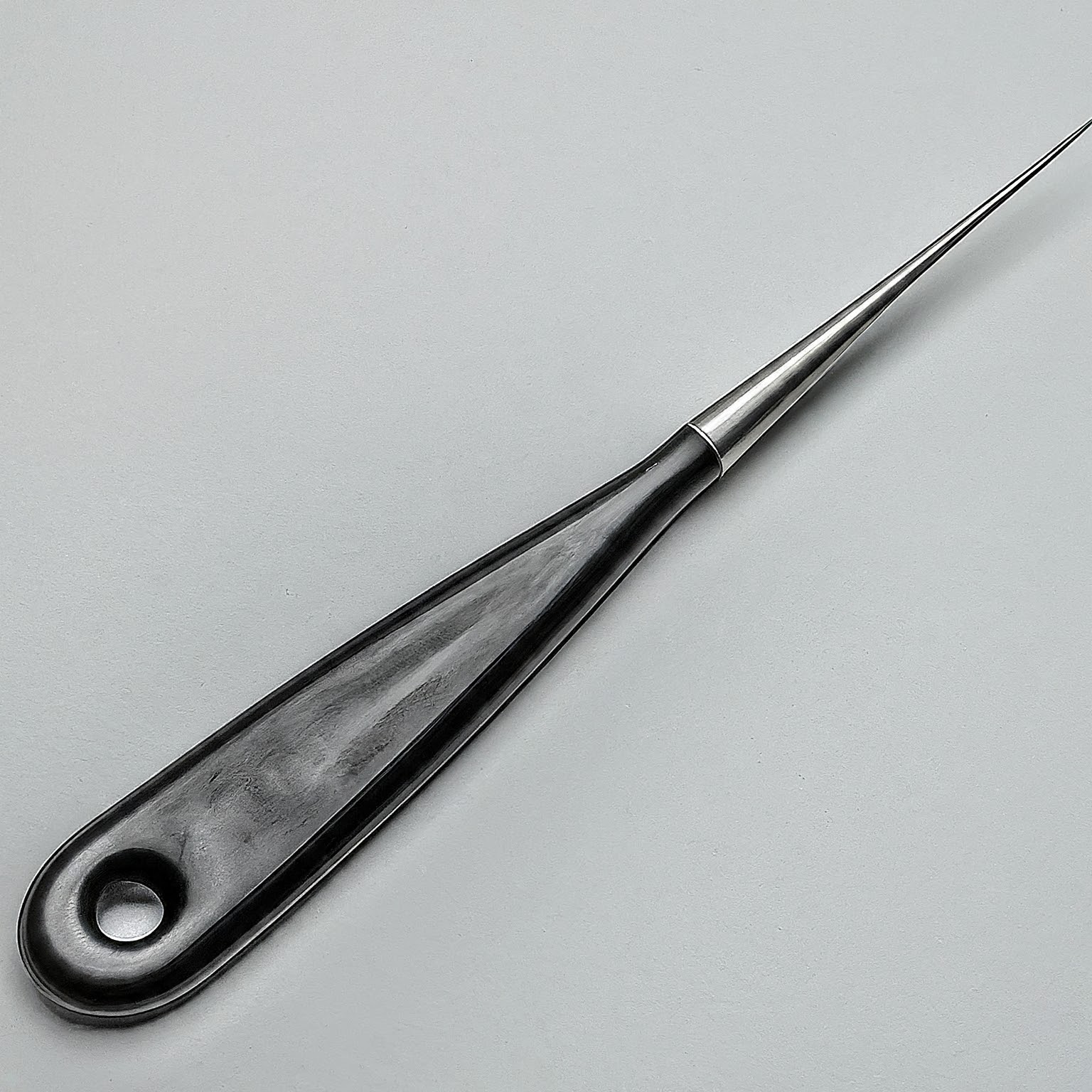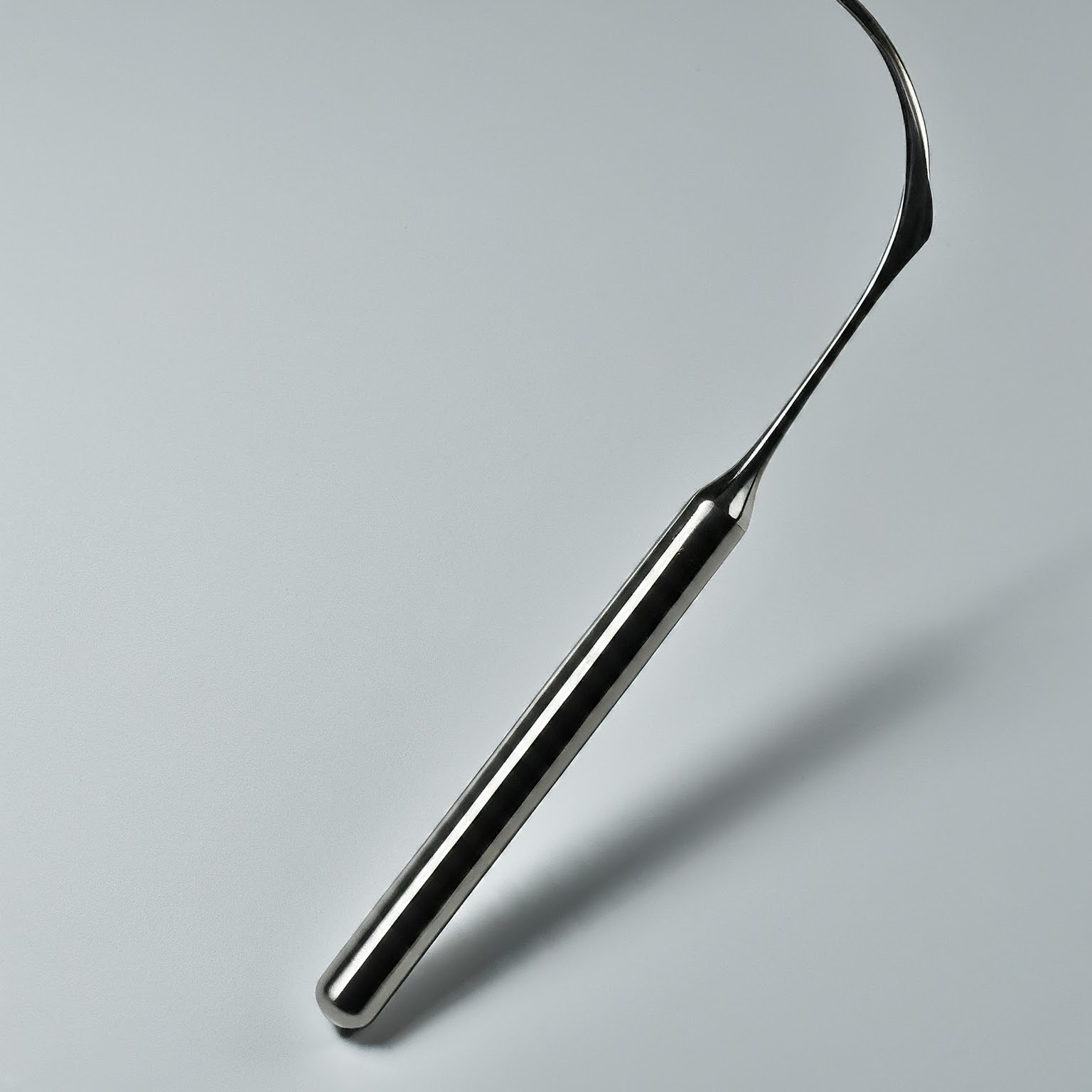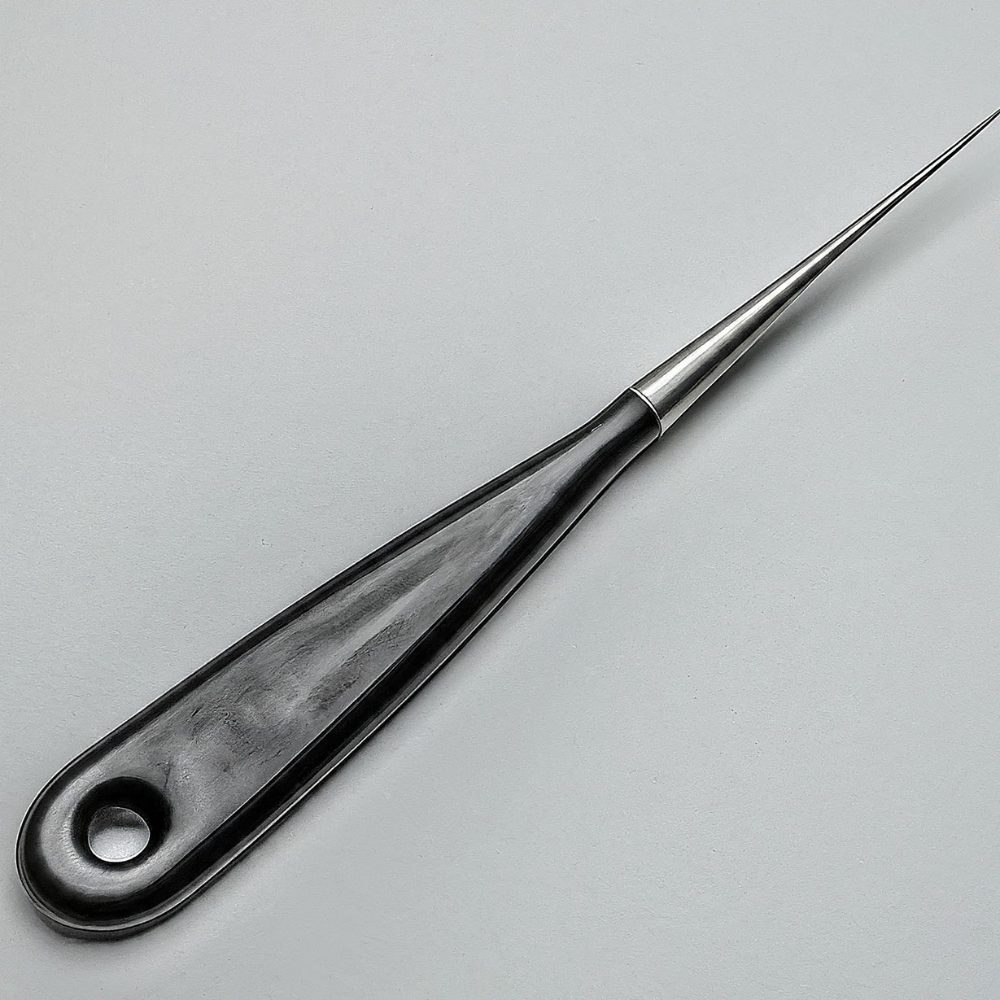Description
Amniotic Membrane Perforator
Amniotic Perforator is used by qualified doctors and midwives experienced in performing amniotomy procedures. The decision to perform an amniotomy is based on individual patient factors and the stage of labor.
Benefits of Amniotic Perforator:
- Labor Augmentation: In some cases, amniotomy can help stimulate contractions and accelerate labor progression, particularly when the cervix is favorable for dilation.
- Internal Fetal Monitoring: Amniotomy allows for the placement of internal fetal monitoring electrodes directly on the fetal scalp, providing more accurate readings of the baby’s heart rate during labor.
- Internal Examination: Rupturing the amniotic sac facilitates easier access for internal cervical examinations during labor.
Considerations:
- Amniotomy is not routinely performed in all deliveries.
- The procedure should only be conducted by trained healthcare professionals in a clinical setting.
- Risks associated with amniotomy, though uncommon, include umbilical cord prolapse and increased risk of infection.










